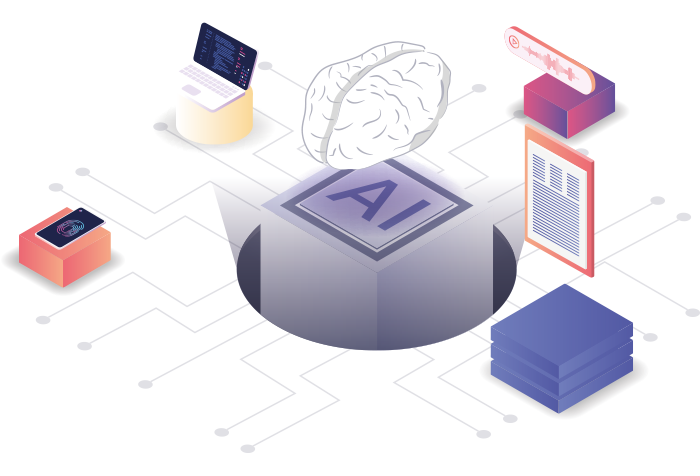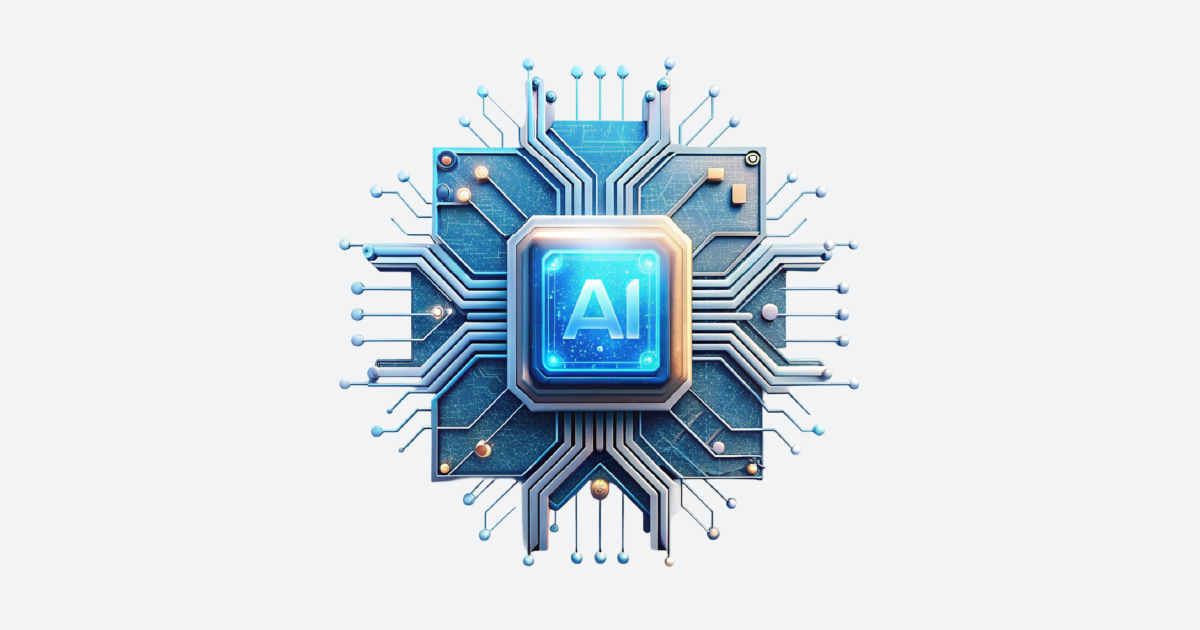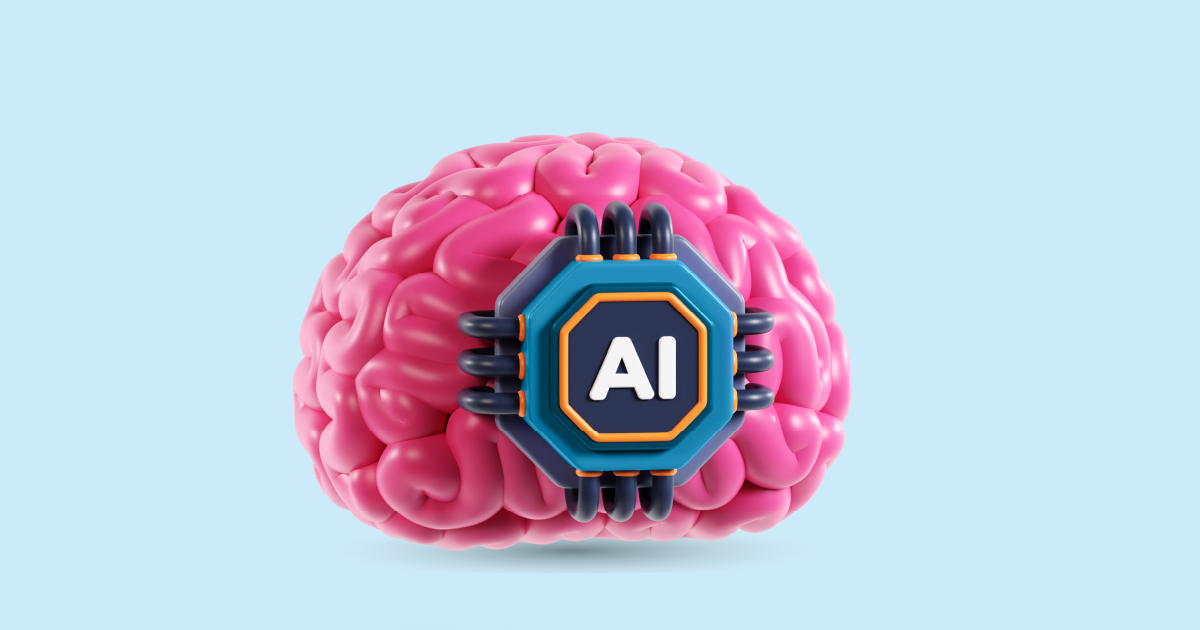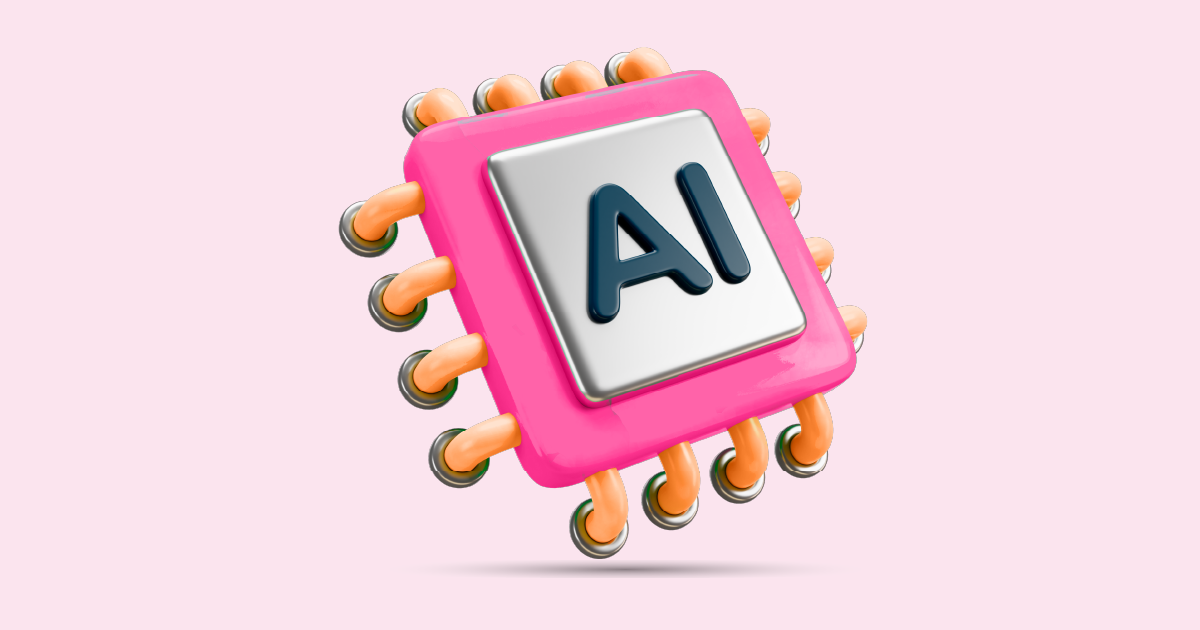Speech-to-text (STT) technology has become a cornerstone of modern communication, enabling users to convert spoken words into written text effortlessly. While this technology is widely used across various languages, the challenges of accurately transcribing Arabic dialects have been a topic of much discussion in recent years. Arabic, with its rich variety of dialects, presents unique challenges for speech recognition systems. This blog delves into the importance of speech-to-text technology for Arabic dialects and explores the current advancements and hurdles in this space.
Speech-to-Text for Arabic Dialects: A Revolutionary Leap in Linguistic Technology

Arabic is a language with a vast array of dialects, each varying significantly from the formal Modern Standard Arabic (MSA) used in writing, news, and formal communication. These dialects include but are not limited to:
- Gulf Arabic: Spoken in countries such as Saudi Arabia, the UAE, and Kuwait.
- Levantine Arabic: Common in Syria, Lebanon, Jordan, and Palestine.
- Egyptian Arabic: Widely used in Egypt and the Arab media.
- Maghrebi Arabic: Spoken in North African countries like Morocco, Algeria, and Tunisia.
- Sudanese Arabic: The primary dialect in Sudan.
Each of these dialects has unique phonetic, syntactic, and lexical features, making it challenging for traditional STT systems, which are typically trained on a single variety or on Modern Standard Arabic, to accurately recognize and transcribe them.
Why Are Arabic Dialects So Challenging for Speech Recognition?
- Pronunciation Variations: Each Arabic dialect has distinct pronunciation patterns that are often significantly different from MSA. For instance, the letter “qaf” is pronounced as a hard “g” sound in Egyptian Arabic, but it’s typically pronounced as a voiceless velar stop in other dialects.
- Vocabulary Differences: Many words in different Arabic dialects do not appear in Modern Standard Arabic. A word that is common in Levantine Arabic may not even be understood by speakers of other dialects, let alone by a speech recognition system trained on MSA.
- Lack of Large Datasets: For effective training of STT systems, vast amounts of data are required. Unfortunately, there is a lack of publicly available, high-quality datasets for Arabic dialects. Most data sets are either limited to MSA or contain only small samples of dialectal speech.
- Contextual Meaning: In Arabic dialects, the meaning of a word can change based on context, making it difficult for a system to determine the correct transcription without advanced contextual understanding.
The Evolution of Speech-to-Text Systems for Arabic Dialects
Despite these challenges, significant progress has been made in improving speech recognition for Arabic dialects. Here are some of the advancements that have shaped the landscape:
1. Data Collection and Training Models
To address the issue of dialectal diversity, researchers and companies have been focusing on building more comprehensive and diverse datasets. These datasets now cover a range of Arabic dialects, from Gulf Arabic to Maghrebi Arabic. Companies like Google and Microsoft have been actively expanding their speech-to-text models to accommodate multiple dialects, and some startups in the region have also contributed by developing models that focus specifically on regional varieties.
2. Deep Learning and Neural Networks
One of the breakthroughs in speech recognition has been the advent of deep learning and neural networks. These technologies allow systems to better understand and transcribe spoken language by learning patterns and context, rather than relying solely on predefined rules. Neural networks can be trained on massive datasets containing various dialects, helping to improve the system’s ability to recognize a wider range of speech patterns and pronunciations.
3. Hybrid Models and Cross-Dialect Training
To improve accuracy across multiple dialects, hybrid models that combine both Modern Standard Arabic and dialectal speech recognition have become more prevalent. These models are trained to understand the differences between MSA and various dialects, while also learning to distinguish between dialectal variations. By using data from both MSA and dialectal speech, these hybrid systems can improve the transcription of Arabic dialects significantly.
Applications
The importance of developing accurate STT systems for Arabic dialects goes beyond mere convenience; it has practical implications in many sectors:
1. Healthcare and Medical Services
In many Arab-speaking countries, doctors, nurses, and patients may speak in regional dialects rather than MSA. Speech-to-text technology can be used to transcribe medical consultations, helping to bridge the communication gap and ensure accurate medical records. For example, transcribing conversations between a doctor and patient in Egyptian Arabic can be a challenge without dialect-specific recognition models.
2. Customer Service and Call Centers
Arabic-speaking call centers often handle a diverse range of clients, each speaking in different dialects. By implementing STT systems that are capable of accurately transcribing a variety of Arabic dialects, companies can provide better customer service and support, reducing errors and improving response times.
3. Social Media and Content Creation
With the rise of social media in the Arab world, speech-to-text tools have become crucial for content creators. Whether it’s transcribing videos, podcasts, or live streams, speech-to-text technology enables creators to provide captions or even automate content generation in Arabic dialects. This also facilitates accessibility for those who may have hearing impairments or prefer reading over listening.
The Road Ahead: Challenges and Opportunities
While significant progress has been made, there are still several challenges to overcome in developing more effective and accurate speech-to-text systems for Arabic dialects.
1. Data Availability
One of the biggest challenges is the limited availability of dialect-specific data. Although there have been advancements, more high-quality datasets are still needed to improve the accuracy and robustness of STT systems. The creation of publicly available, open-source datasets could significantly accelerate progress in this field.
2. Regional Variations
Arabic dialects are not monolithic, and there are countless regional variations within a single dialect. For instance, Levantine Arabic spoken in Jordan may differ significantly from that spoken in Lebanon, which can further complicate speech recognition efforts. More research is needed to account for these intra-dialect differences.
3. Real-Time Recognition
Real-time speech-to-text systems, such as those used in live captioning or transcription during video calls, still struggle with dialectal variation. Improving the real-time processing capabilities for diverse Arabic dialects will be key to providing a seamless user experience.
Conclusion
Speech-to-text technology for Arabic dialects represents an exciting frontier in the intersection of language, technology, and artificial intelligence. While there are still challenges to overcome, the advancements in this field are already transforming how Arabic speakers interact with technology. As datasets grow, and machine learning algorithms continue to evolve, we can expect even more accurate and efficient systems that will improve accessibility, communication, and the digital experience for Arabic speakers worldwide.
The future of speech-to-text technology in Arabic dialects is bright, with immense potential to revolutionize various industries and enhance everyday communication. If you’re ready to experience the power of cutting-edge speech-to-text technology for Arabic dialects, we invite you to request a demo from AIM Technologies. See firsthand how our innovative solutions can elevate your business and communication processes.




